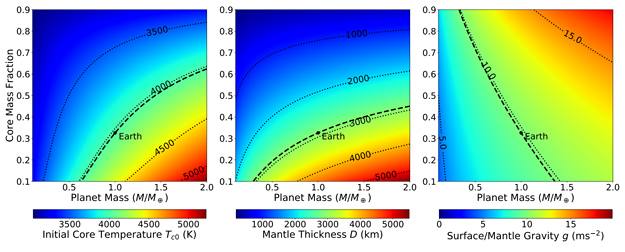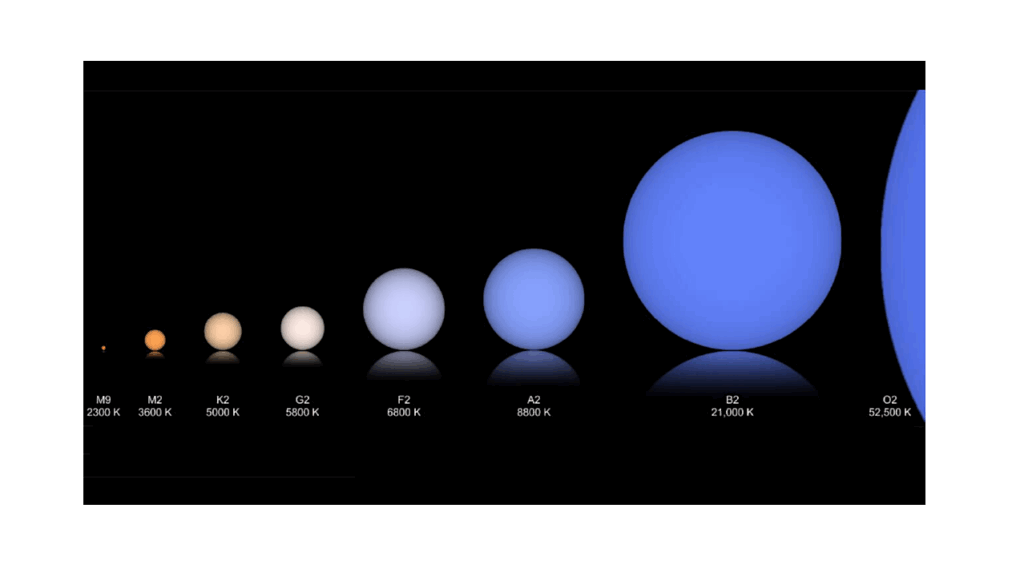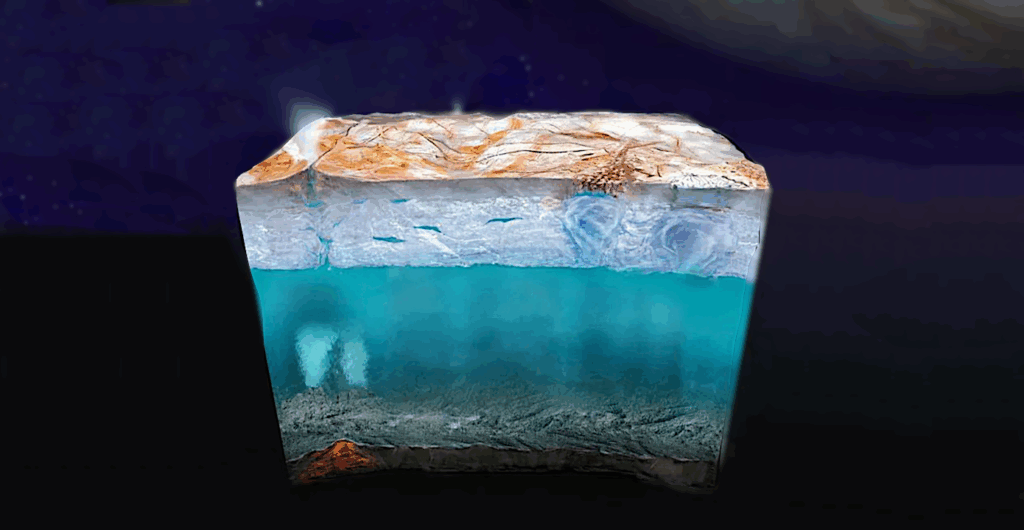The Role Of Planetary Interior In The Long-term Evolution Of Atmospheric CO2 On Earth-like Exoplanets

Context: The long-term carbonate-silicate cycle plays an important role in the evolution of Earth’s climate and, therefore, may also be an important mechanism in the evolution of the climates of Earth-like exoplanets.
Aims: We investigate the effects of radiogenic mantle heating, core size, and planetary mass on the evolution of the atmospheric partial CO2 pressure, and the ability of a long-term carbon cycle driven by plate tectonics to control the atmospheric CO2 pressure.
Methods: We developed a box-model which connects carbon cycling to parametrized mantle convection. The carbon cycle was coupled to the thermal evolution via the plate speed, which depends on the global Rayleigh number.
Results: We find decreasing atmospheric CO2 pressure with time, up to an order of magnitude over 10 Gyr. Higher abundances of radioactive isotopes result in higher CO2 pressures. We find a decreasing Rayleigh number and plate speed toward planets with larger core mass fractions fc, which leads to lower atmospheric CO2 pressure. More massive planets may favor the development of more CO2 rich atmospheres due to hotter interiors.
Conclusions: The dependence of plate tectonics on mantle cooling has a significant effect on the long-term evolution of the atmospheric CO2 pressure. Carbon cycling mediated by plate tectonics is efficient in regulating planetary climates for a wide range of mantle radioactive isotope abundances, planet masses and core sizes. More efficient carbon cycling on planets with a high mantle abundance of thorium or uranium highlights the importance of mapping the abundances of these elements in host stars of potentially habitable exoplanets. Inefficient carbon recycling on planets with a large core mass fraction (fc≳0.8) emphasizes the importance of precise mass-radius measurements of Earth-sized exoplanets.
M. Oosterloo, D. Höning, I. E. E. Kamp, F. F. S. van der Tak
Comments: 20 pages, 16 figures, to appear in Astronomy & Astrophysics
Subjects: Earth and Planetary Astrophysics (astro-ph.EP)
DOI: 10.1051/0004-6361/202039664
Cite as: arXiv:2103.09505 [astro-ph.EP] (or arXiv:2103.09505v1 [astro-ph.EP] for this version)
Submission history
From: Mark Oosterloo
[v1] Wed, 17 Mar 2021 08:29:14 UTC (413 KB)
https://arxiv.org/abs/2103.09505
Astrobiology,








